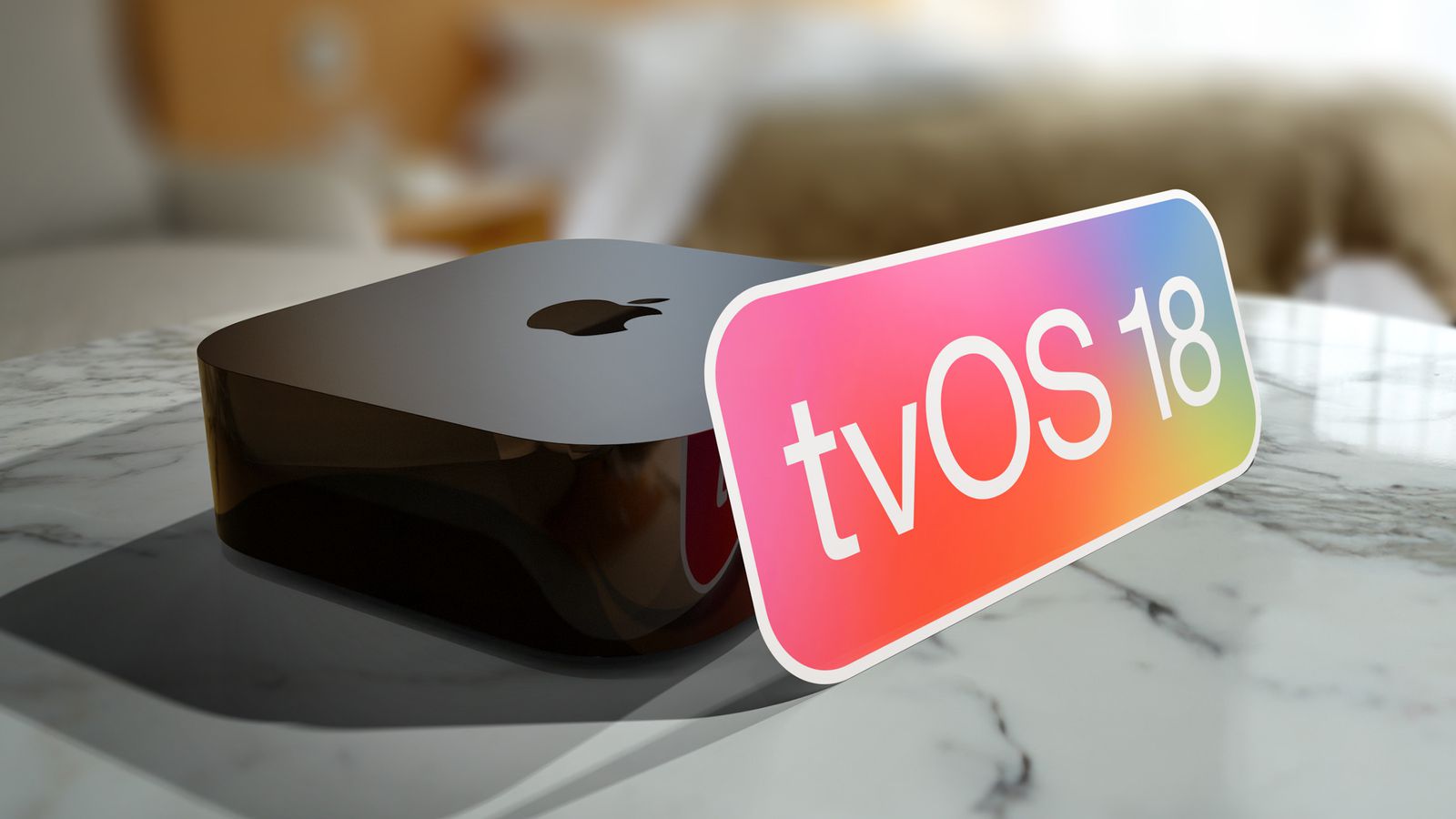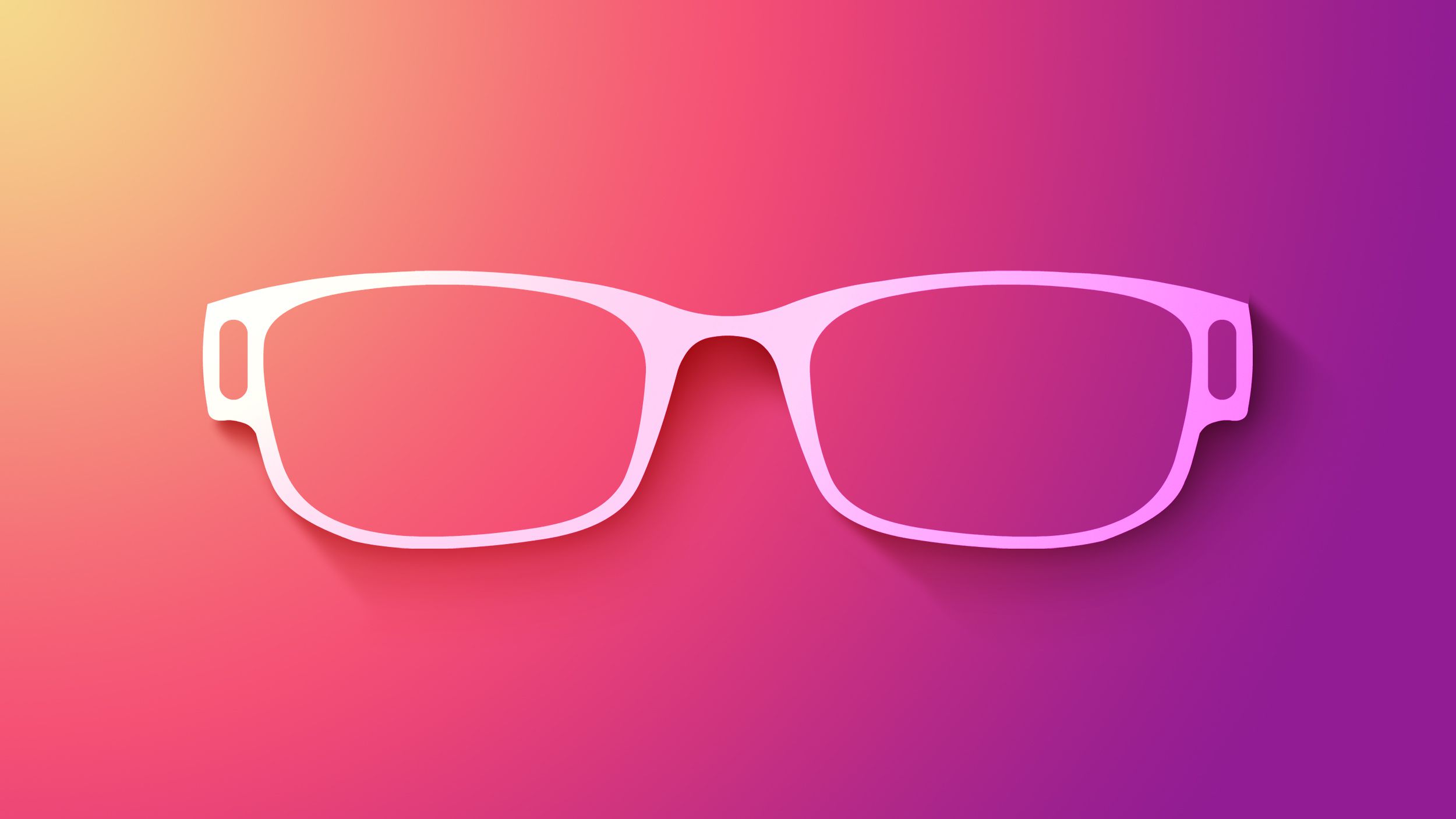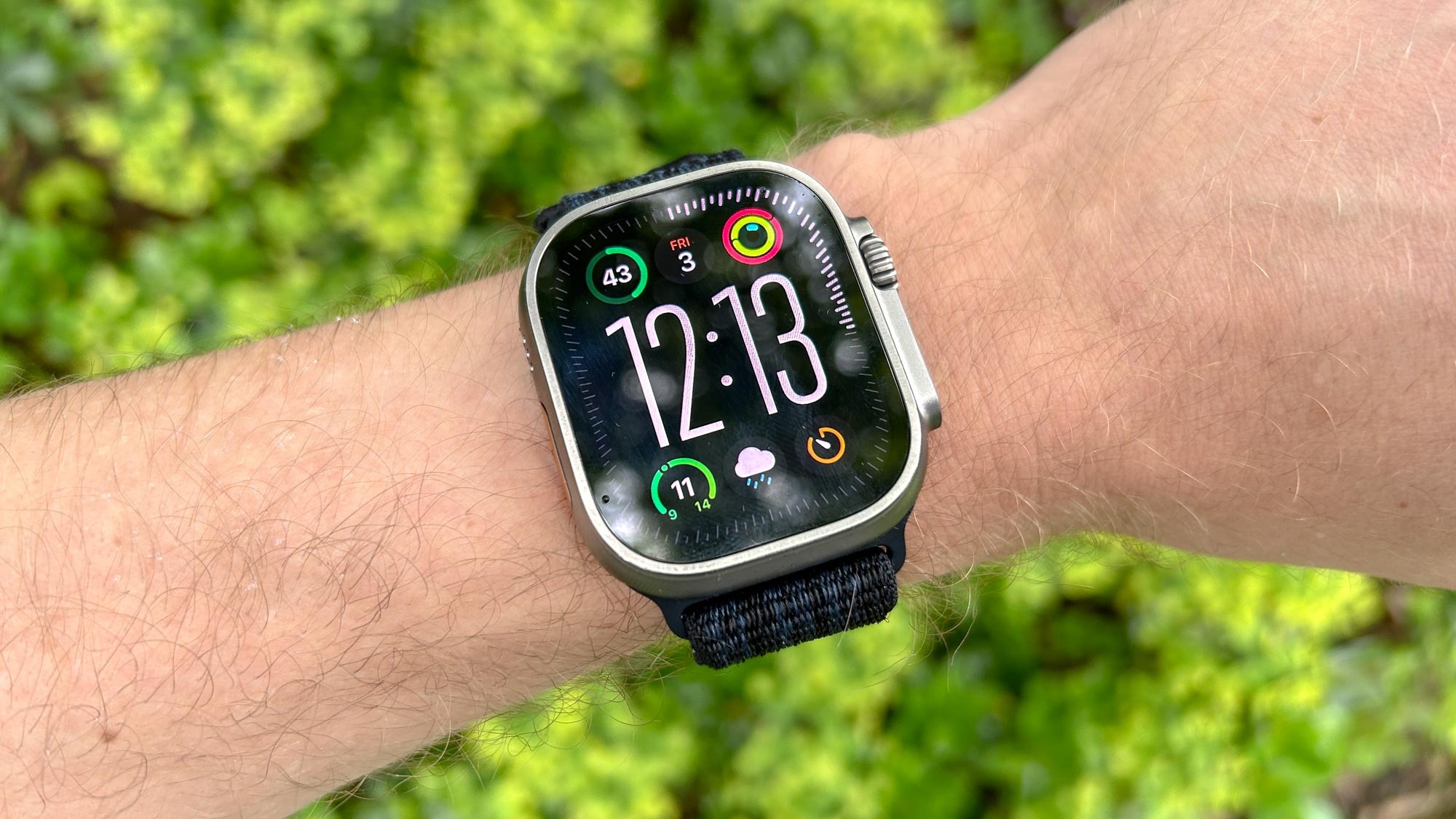Apple has just rolled out tvOS 18.3, the latest update for the tvOS 18 series which was first launched in September. This update comes about a month after the release of tvOS 18.2 and is compatible with both Apple TV 4K and Apple TV HD.
To install tvOS 18.3, go to the Settings app on your Apple TV. Navigate to System, then Software Update, and follow the prompts to download and install the update. If you have automatic updates turned on, your Apple TV will update to tvOS 18.3 without any extra steps from you.
During the beta phase of tvOS 18.3, there weren’t any big new features added, but this update does include a new alert regarding the purchase of digital movies and TV shows.
For detailed release notes, check out Apple’s support document for tvOS, which gets updated with each new version release.
Additionally, Apple has released HomePod Software 18.3 for both the HomePod and HomePod mini. Since HomePod software shares its roots with tvOS, this update aligns with the tvOS update in terms of version numbering and some underlying system improvements.






